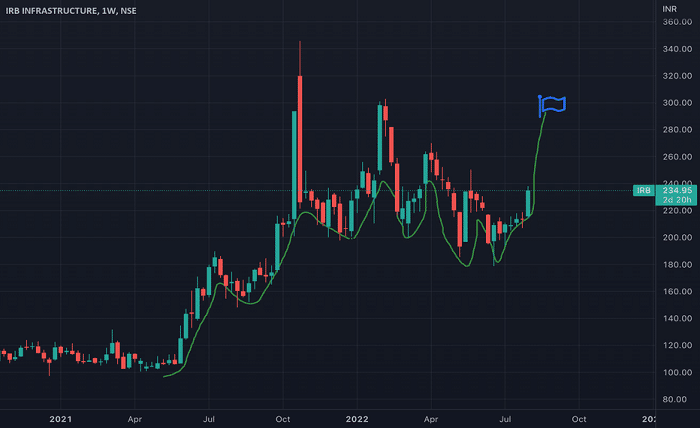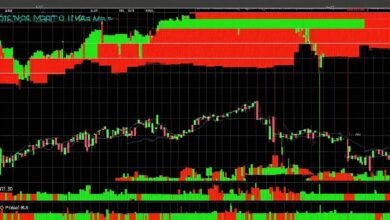NSE FII DII Data: A Comprehensive Guide

Introduction
In the world of stock markets, understanding the flow of investments is crucial for making informed decisions. One of the key indicators used by traders and investors is NSE FII DII data. This data provides insights into the activities of Foreign Institutional Investors (FII) and Domestic Institutional Investors (DII) on the National Stock Exchange (NSE) of India. By analyzing NSE FII DII data, market participants can gauge the overall sentiment of these institutional players, which in turn influences market trends and stock prices.
What is NSE FII DII Data?
NSE FII DII data refers to the daily record of buying and selling activities by Foreign Institutional Investors (FII) and Domestic Institutional Investors (DII) on the NSE. FIIs are entities based outside India that invest in the Indian stock market, while DIIs are Indian-based institutions such as mutual funds, insurance companies, and banks. NSE FII DII data is a critical metric for understanding the direction in which institutional money is flowing, which can provide clues about future market movements.
Importance of NSE FII DII Data in Market Analysis
The significance of NSE FII DII data lies in its ability to reflect the confidence of institutional investors in the market. When FIIs and DIIs are net buyers, it often indicates a positive outlook on the market, leading to potential rallies. Conversely, when these institutions are net sellers, it can signal caution or pessimism, possibly leading to market corrections. Therefore, NSE FII DII data is a vital tool for investors and traders to track institutional sentiment and align their strategies accordingly.
How to Access NSE FII DII Data
Accessing NSE FII DII data is straightforward. The National Stock Exchange of India provides this data on its official website, updated daily. Investors can visit the NSE website and navigate to the section dedicated to market data, where they will find comprehensive NSE FII DII data reports. Additionally, several financial news portals and market analysis platforms also provide daily updates and historical data on FII and DII activities.
Analyzing NSE FII DII Data: Key Metrics
When analyzing NSE FII DII data, there are several key metrics to consider. These include:
- Net Purchase/Sale: The difference between the total value of stocks bought and sold by FIIs and DIIs.
- Volume of Transactions: The number of shares traded by FIIs and DIIs, indicating the level of activity.
- Trend Analysis: Observing patterns over days, weeks, or months to identify consistent buying or selling trends by institutional investors.
By closely monitoring these metrics within NSE FII DII data, investors can gain a deeper understanding of market dynamics and institutional behavior.
The Role of NSE FII DII Data in Portfolio Management
For portfolio managers, NSE FII DII data serves as a critical input in decision-making processes. By tracking the investment patterns of FIIs and DIIs, portfolio managers can adjust their asset allocations to align with the prevailing market sentiment. For instance, if NSE FII DII data shows heavy buying by FIIs, a portfolio manager might consider increasing exposure to sectors or stocks favored by these investors. Conversely, observing a selling trend might prompt a reallocation to more defensive assets.
NSE FII DII Data and Market Sentiment
NSE FII DII data is often used as a proxy for market sentiment. FIIs, with their global reach and access to vast amounts of information, are considered sophisticated investors. Their actions, reflected in NSE FII DII data, can indicate how global factors are influencing the Indian market. Similarly, DIIs, with their local expertise, provide insights into domestic sentiment. Together, the buying and selling activities of FIIs and DIIs can reveal whether the broader market sentiment is bullish, bearish, or neutral.
Historical Trends in NSE FII DII Data
Analyzing historical NSE FII DII data can provide valuable context for current market conditions. Historical data allows investors to compare current FII and DII activity with past trends during similar market environments. For example, during periods of economic uncertainty, FIIs may pull back investments, which is often reflected in NSE FII DII data. Understanding these historical trends helps investors anticipate potential market movements and make more informed decisions.
Challenges in Interpreting NSE FII DII Data
While NSE FII DII data is an essential tool, it is not without its challenges. One of the primary difficulties lies in interpreting the data in isolation. NSE FII DII data should be considered alongside other market indicators, such as economic data, corporate earnings, and global market trends. Additionally, short-term fluctuations in NSE FII DII data might not always indicate a long-term trend, making it crucial to analyze the data over extended periods to identify consistent patterns.
How NSE FII DII Data Influences Market Indices
The impact of NSE FII DII data on market indices like the Nifty 50 and Sensex cannot be overstated. As FIIs and DIIs engage in large-scale buying or selling, their actions directly influence the price movements of the stocks that make up these indices. When NSE FII DII data shows significant buying activity, it often results in upward pressure on index levels. Conversely, substantial selling can lead to downward pressure. Thus, NSE FII DII data is a crucial factor in the daily fluctuations of market indices.
Conclusion
In conclusion, NSE FII DII data is a powerful tool for anyone involved in the Indian stock market. It provides valuable insights into the behavior of institutional investors, which in turn influences market trends. By understanding how to access, analyze, and interpret NSE FII DII data, investors and traders can make more informed decisions, aligning their strategies with the prevailing market sentiment. While it is important to consider NSE FII DII data alongside other market indicators, its role in shaping market movements makes it an indispensable resource for market participants.
FAQs
1. What is NSE FII DII data?
NSE FII DII data tracks the daily buying and selling activities of Foreign Institutional Investors (FII) and Domestic Institutional Investors (DII) on the National Stock Exchange (NSE).
2. How can I access NSE FII DII data?
You can access NSE FII DII data on the official NSE website, where it is updated daily, or through various financial news portals and market analysis platforms.
3. Why is NSE FII DII data important for investors?
NSE FII DII data is important because it reflects the sentiment and actions of institutional investors, which can influence market trends and stock prices.
4. What are the challenges in interpreting NSE FII DII data?
Challenges include interpreting the data in isolation and distinguishing between short-term fluctuations and long-term trends in NSE FII DII data.
5. How does NSE FII DII data influence market indices?
NSE FII DII data influences market indices like the Nifty 50 and Sensex by reflecting large-scale buying or selling activities by FIIs and DIIs, which impact stock prices and overall index levels.





